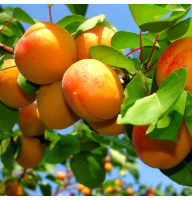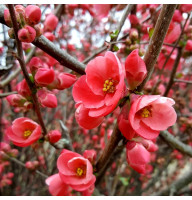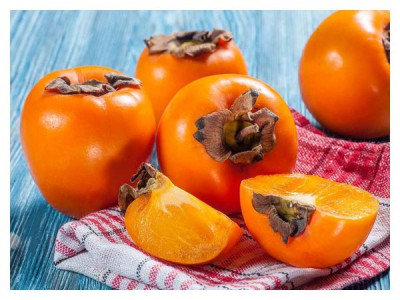Quince is one of those few fruit crops for which both vegetative and seed propagation methods are acceptable. To a novice gardener who first decided to plant this useful tree with delicious fruits, it may seem that propagating quince by seeds is a troublesome and hopeless process. In fact, growing quince from seeds is no more difficult than from cuttings or root shoots. It is this method of propagating quince that will be discussed in the article.
Inside each quince fruit there are many (more than a dozen) small brown seeds, like those of an apple, which, unlike the latter, germinate well.
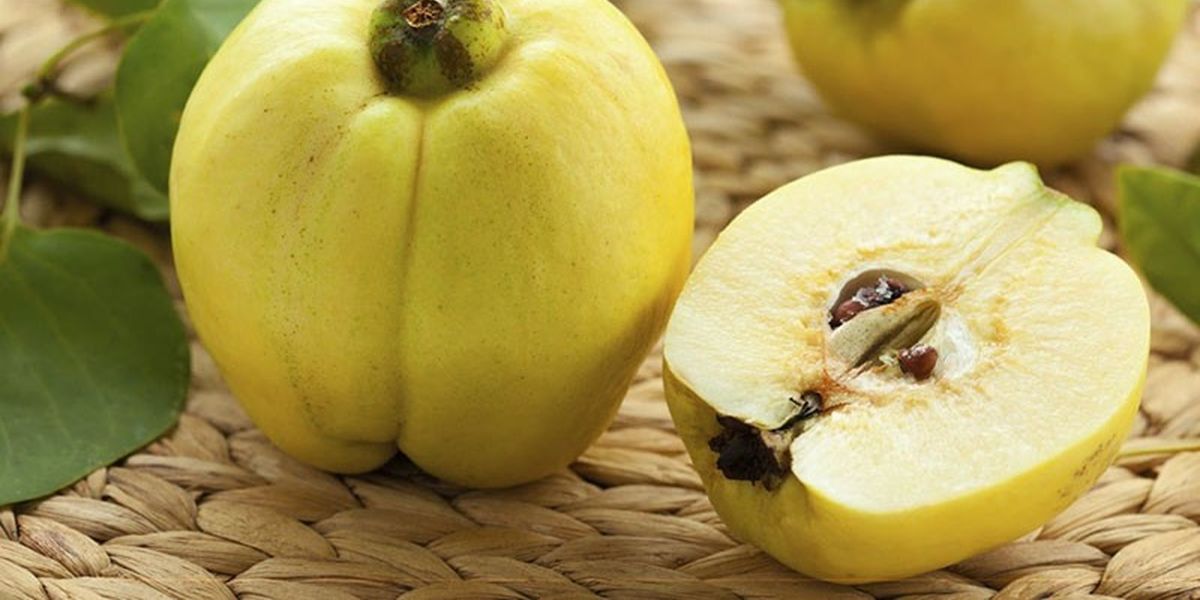
True, for this, before planting, they need to be subjected to long-term (up to 2 months) stratification - keeping in the cold. Planting seeds for seedlings can be done in spring or autumn. Autumn planting is more preferable for several reasons:
- allows you to sow seeds without stratification - during the winter this process will occur under natural conditions;
- by the time of germination, in the spring, the plants will already have sufficiently developed roots;
- the emerged seedlings will be strong and healthy (only high-quality seed material can withstand natural winter conditions), and therefore the trees will grow strong and bear fruit well.
Planting seeds in the fall is carried out immediately in open ground around the end of October. You should not immediately remove the seeds from the fruit; let the quince lie for 1 month after being removed from the tree, ripen, and the seeds will become dense and brown. After this, they are removed from the fruit, washed to remove mucus and pulp, and lightly dried for autumn planting. If planting is planned in the spring, then the seeds should be well dried and stored in a linen bag until sowing.

When planting in spring, the material must be subjected to 2-3 months of stratification, which begins in December for sowing in pots, and in February for sowing in open ground. February seeds will be ready for planting in late April - early May. If you want to already have germinated seedlings in the spring, then it is advisable to start sowing in mid-winter in peat pots.
Stratification of quince seeds is not just keeping them in the cold, but also in a moist sandy substrate. Before you start stratification, the seeds need to be soaked for 5-6 hours in warm water.
Then take coarse river sand (3 parts sand to 1 part seeds), rinse it well, and dry it a little. The sand in which the seeds will be placed should be moderately damp. Pour the prepared substrate into boxes, mix with seeds, and place in a cool place where the constant temperature is kept at 3-4°C. The sand mixture needs to be stirred once a week.
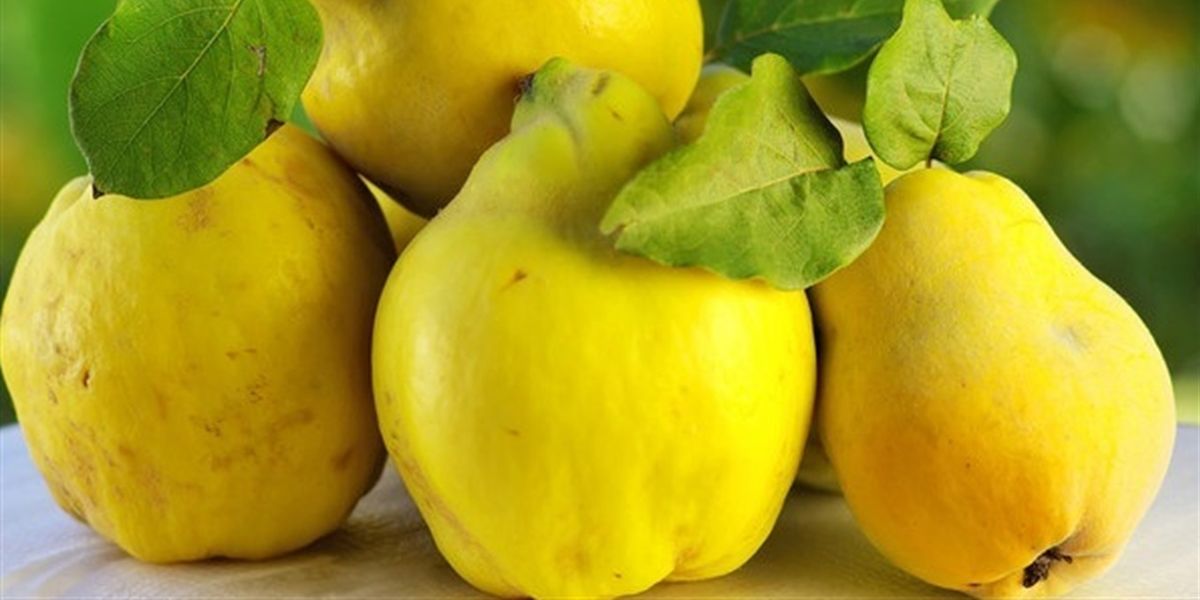
Seeds that have passed stratification are sown in pots, containers or open ground. For effective germination, seedlings require nutrients. If you sow seeds directly into the soil, you should take care of its fertility. In soil with insufficient humus, it is necessary to add compost or rotted manure (6-8 kg/1 sq. m), dig it up and level it. In the prepared bed, make furrows 3 cm deep at a distance of 20 cm from each other, and sow seeds at the rate of 70-100 pieces per 1 linear meter. Then fill the furrows with soil and water the crops well. When the seedlings appear and get a little stronger, they are thinned out, leaving a distance of 8-10 cm between the plants.

When planting seeds in a pot, you can prepare the soil yourself, or buy a ready-made substrate. 2-4 seeds are planted in each pot (quince germination rate is 50%). A soil mixture consisting of peat dries out quickly, so it is necessary to ensure that moisture is maintained. Seedlings grown in pots must be hardened off before planting in the ground. Transplantation from a pot is carried out no earlier than the seedling has 5-6 true leaves. After planting in open ground, young seedlings are grown for another 1.5-2 years, and only after that they are transplanted to a permanent place.

